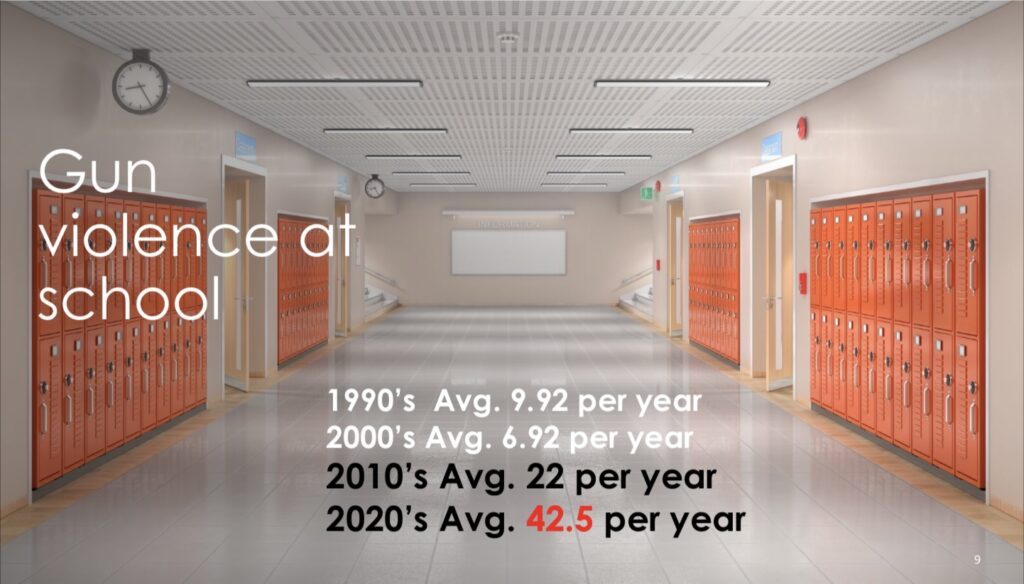
As the new school year begins, it’s essential to prioritize the safety and well-being of our youngest students. Here are some of Grandma Yeti’s key tips to help ensure a safe and smooth transition back to school for children in grades K-3.
1. Walking to School
-
Use Sidewalks: Teach children to always walk on the sidewalk. If there isn’t one, they should walk facing traffic.
-
Cross Safely: Children should stop and look left, right, and left again before crossing the street. They should cross at corners, obey traffic signals, and use crosswalks.
-
Avoid Running: Remind children never to run into the street or cross between parked cars.
2. Bus Safety
-
Wait Safely: Children should stand at least three giant steps away from the curb while waiting for the bus.
-
Boarding and Exiting: They should wait for the bus to stop completely before approaching to board. When exiting, they should walk ten feet ahead of the bus before crossing in front of it, ensuring the driver can see them.
-
Missing the Bus: If your child just missed the bus, make sure they know to never run after the bus. Instead, return to their home or other place of origin and contact an adult.
3. Stranger Danger
-
Know Safe Adults: Teach children to identify safe adults, such as teachers and school staff, and to never go anywhere with a stranger.
-
Emergency Contacts: Ensure children know their full name, address, and a parent’s phone number in case they need help.
4. Classroom Safety
-
Follow Rules: Encourage children to listen to their teachers and follow classroom rules to maintain a safe learning environment.
-
Report Issues: Teach children to report any unsafe situations or bullying to a trusted adult immediately.
5. Health and Hygiene
-
Handwashing: Reinforce the importance of washing hands regularly, especially before eating and after using the restroom.
-
Stay Home When Sick: If your child feels unwell, it’s best to keep them at home to prevent spreading illness to others.
6. Emergency Preparedness
-
Drills: Familiarize children with school emergency drills and procedures so they know what to do in case of an emergency.
-
Stay Calm: Teach children to stay calm and follow instructions from teachers and school staff during emergencies.
7. Cyber Safety
-
Supervised Screen Time: Ensure that young children use the internet under adult supervision. Set clear rules about what they can and cannot do online.
-
Safe Websites: Teach children to only visit websites that you have approved. Use parental controls to block inappropriate content.
-
Personal Information: Explain to children that they should never share personal information, such as their name, address, or school, with anyone online.
-
Stranger Danger Online: Just like in the real world, children should know not to talk to strangers online. They should report any suspicious or uncomfortable interactions to an adult immediately.
-
Cyberbullying: Teach children to be kind online and to report any instances of cyberbullying to a trusted adult.
8. Tips for Parents
-
Stay Informed: Keep up-to-date with school policies and procedures, especially those related to safety and emergency protocols.
-
Communicate: Maintain open lines of communication with your child’s teachers and school staff. Attend parent-teacher meetings and school events to stay involved.
-
Model Behavior: Set a good example by following safety rules yourself, whether it’s crossing the street safely or practicing good hygiene.
-
Create Routines: Establish consistent routines for homework, bedtime, and morning preparations to help your child feel secure and organized.
-
Discuss Safety: Regularly talk to your child about safety rules and why they are important. Encourage them to ask questions and express any concerns they may have.
-
Monitor Technology Use: Keep an eye on your child’s internet usage and ensure they are accessing age-appropriate content. Use parental controls and discuss the importance of online safety.
By following these tips, we can help create a safe and supportive environment for our young learners as they embark on a new school year. Let’s work together to ensure our children have a happy, healthy, and safe return to school!






